Corporate Risk Management
Transfer of Risk
Typically, a well-organized risk transfer program in conjunction with traditional insurance products will enable an organization to absolve itself from any liability by retaining the costs of predictable everyday risks while transferring exposures that are catastrophic in nature. Various Coverage Lines are available in the marketplace in order to address general categories of these exposures. Particular attention will be placed on the details surrounding each individual situation determining the compensation required to insure against a particular risk.
Non-Insurance Transfer of Risk
(e.g. hold harmless, contractual agreement or risk funding). Various contractual agreements can be created in order to limit an organization’s exposure to risk. Further details regarding available “Alternatives to Insurance” are discussed within the Services section of this website.
Risk Avoidance
Within the healthcare setting, certain procedures performed may be frequently creating undesired exposures; therefore, it may be in the best interests of the organization to discontinue offering that service in its entirety.
Risk Retention
As previously mentioned, the retention of predictable costs associated with predictable everyday exposures is frequently utilized to minimize Risk Transfer costs and enable better control of these exposures. In conjunction with this methodology, greater levels and various methods of retention can be implemented depending on the organization’s overall appetite for risk. Careful analysis of historical claims along with the trending and development of existing incidents will be essential in determining the optimal levels and areas in which retention will be a useful risk management tool for your organization.
Loss Control / Loss Prevention
This risk management technique seeks to reduce the possibility that a loss will occur and/or reduce the severity of those that do occur. This process involves careful investigation and analysis of incidents and claims in order to effectively minimize an organization’s exposures. Being the cornerstone of the Clinical Risk Management process and vital to the success of any healthcare organization, Chivaroli and Associates pays particular attention to this area and offers a myriad of services to assist in the development and implementation of loss control and loss prevention programs.
Chivaroli Consulting - Alternative Sources of Information in The Risk Management Process
Clinical Risk Management
Step 1
The first step in a loss prevention and control program is to formally define the scope of the term loss. Typically, the most effective programs focus on reducing all incidents and not just those that result in serious injury. The ultimate goal of a clinical risk management program is to attain a “zero defect” operation, which can only be achieved when incidents that result in minor injuries and critical negligence that doesn’t cause any injury become an integral part of the comprehensive prevention program.
This is because the difference between a “near miss” and a serious accident is minute; therefore, if all “near misses” are avoided, essentially the causes of serious accidents would be eliminated.
Step 2
The second step and crucial requirement to a successful program is to motivate employees, supervisors, and medical staff to not only be constantly aware of safety and loss prevention techniques, but to also continually educate the staff in the proper methods of performing their respective tasks.
Whether a procedure is performed poorly or perfectly, it is necessary to disseminate cyclical reports, which include both positive and negative feedback, throughout the organization for training purposes.
Various incentive plans are also excellent tools to promoting safety and adherence to guidelines, but intricate design of these plans is extremely important as they can often result in a lack of incident reporting in order to reap the rewards.
Step 3
Lastly, usually the most pertinent and effective information can be found within the experience and expertise of all personnel. The gathering of this information will not only aid in pinpointing the most needed practices, but will also instill ownership within the staff members and develop a commonality in the success of the program.
However, when in-house personnel become submersed in the hectic surroundings of the hospital environment and/or particular issues arise that are beyond their capabilities, it is necessary to seek out and utilize an objective opinion from third party professionals.
As this third party, Chivaroli Consulting recognizes that firsthand knowledge is extremely informative and employs staff members with firsthand healthcare and risk management experience to ensure that every aspect is properly addressed. In overseeing the development and implementation of a complete clinical risk management program, Chivaroli Consulting also maintains a comfortable and realistic pace while overcoming each milestone.
Risk Retention
As previously mentioned, the retention of predictable costs associated with predictable everyday exposures is frequently utilized to minimize Risk Transfer costs and enable better control of these exposures. In conjunction with this methodology, greater levels and various methods of retention can be implemented depending on the organization’s overall appetite for risk. Careful analysis of historical claims along with the trending and development of existing incidents will be essential in determining the optimal levels and areas in which retention will be a useful risk management tool for your organization.
Loss Control / Loss Prevention
This risk management technique seeks to reduce the possibility that a loss will occur and/or reduce the severity of those that do occur. This process involves careful investigation and analysis of incidents and claims in order to effectively minimize an organization’s exposures. Being the cornerstone of the Clinical Risk Management process and vital to the success of any healthcare organization, Chivaroli and Associates pays particular attention to this area and offers a myriad of services to assist in the development and implementation of loss control and loss prevention programs.

|
|

